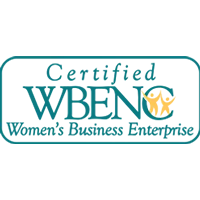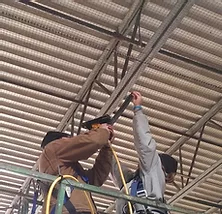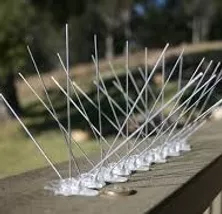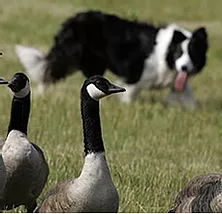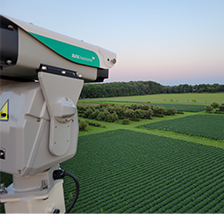Agricultural industries face a variety of threats related to pest bird conflicts. Maintaining a high level of biosecurity in agriculture facilities is necessary for the prevention of disease, crop loss, predation, and overall profit losses.
Infectious Diseases
Feed and water contamination is one of the biggest pest bird concerns for commercial agriculture like Dairy and Poultry producers. Pest birds will consume dairy cow feed due to its high protein content and relatively easy access. This meddling deprives dairy cows of proper nutrition, resulting in decreased milk production.
Furthermore, a high concentration of pest birds leads to an accumulation of fecal droppings that can transmit diseases to livestock through feed and water. The COVID-19 pandemic is a reminder of the threat that such diseases can pose to humans and the importance of preventing disease transmission within and across species to protect both human and animal health and safety.
One of the most common infectious diseases originating from pest birds is Johne’s disease. Studies show that nearly 70 percent of dairy herds in the United States have at least one cow infected. Depending upon the severity of the infection, productivity losses experienced by the dairy operator can be over $250 million annually.
For poultry farms, the biggest concern is Avian Influenza (Avian Flu). Avian Flu’s natural reservoir is wild waterfowl which can come into contact with the food and water sources for domestic poultry. The virus poses a potentially fatal risk to humans as well. Commercial poultry farms often have to cull and destroy entire flocks, sometimes numbering in the millions of birds, if even one bird gets ill. Not only is this a devastating financial loss, it is an enormous waste of life.
Crop Loss & Predation
With their high metabolisms and activity levels, birds are voracious eaters. Many enjoy eating the same things we do; sometimes before we get the chance. The Soft Fruit and Fisheries industries are two areas where pest birds create huge losses.
Birds love fruit even more than people do and soft fruit industries like cherries, grapes, blueberries, and even apple producers experience losses in the hundreds of millions of dollars annually. The culprits include robins, waxwings, starlings, and grackles.
Other species cause issues for Fisheries. Predation on both aquaculture and sport fishing rearing ponds is less studied but becoming a larger problem as natural feeding areas and populations of wild fish decline. Many sportfish rearing ponds and aquaculture ponds report experiencing a nearly 100% loss in young fish to birds such as cormorants, herons, egrets, osprey, and bald eagles.
How Can WGC Help?
Wild Goose Chase has a variety of tools and techniques to assist Agricultural clients experiencing issues with pest birds. We develop a custom integrated management program based on bird behavior and biology that utilizes tools for exclusion and deterrence such as bird netting, bird spikes, natural predator attraction (kestrel boxes), and AVIX Autonomic Mark II.
Bird Netting
Netting is the strongest and most versatile bird exclusion system in the world. This system denies pest birds’ access to any structural configuration, including barns, roof tops, overhangs, parking garages, and especially fruit producing trees and shrubs. The best application of netting encloses or blocks off each access point used by the pest birds.
Bird Spikes
Despite its harsh-sounding name, bird spikes are a humane and highly effective bird deterrent system. When birds approach a potential roosting area, they see there is no solid place to land and are prohibited from landing. Birds do not actually come in contact with the spikes. The product is made of pre-formed spike strips that have wires attached to a base which can to be installed on nearly any structural configuration.
Natural Predator Attraction
Small songbirds that eat fruit and animal feed have a lot of predators, including birds like kestrels. Attracting those predators to the property with nest boxes can provide a natural solution for these pest birds.
AVIX Autonomic Mark II
The installation of AVIX Autonomic Mark II acts as a visual deterrent for pest birds foraging, roosting, or nesting on a property and provide a continuous deterrent over a large area.


